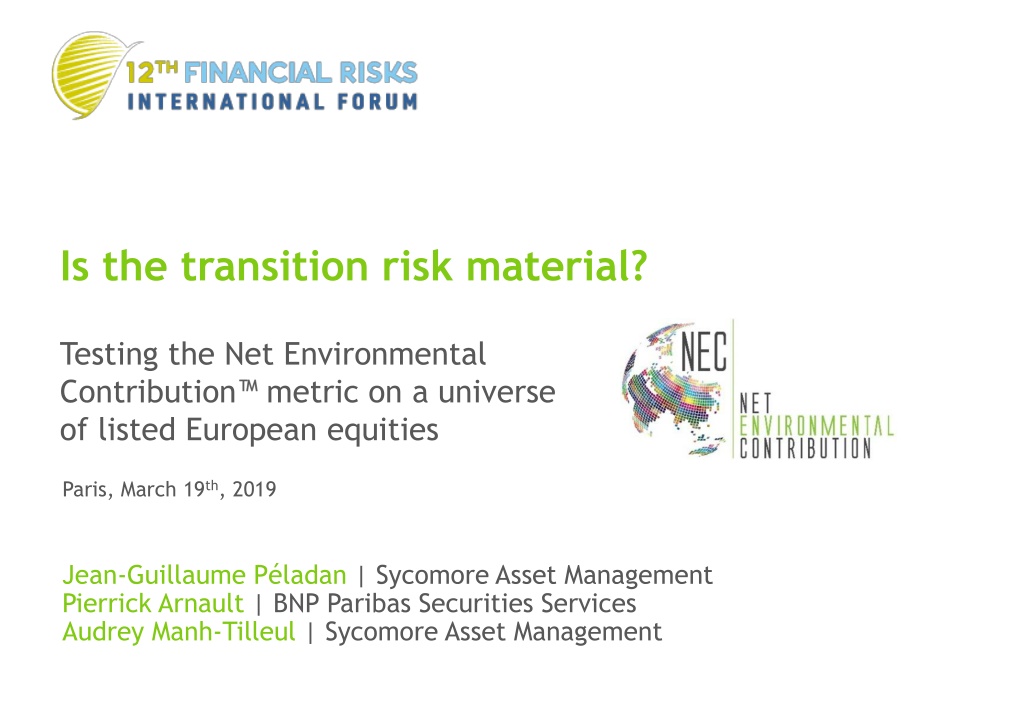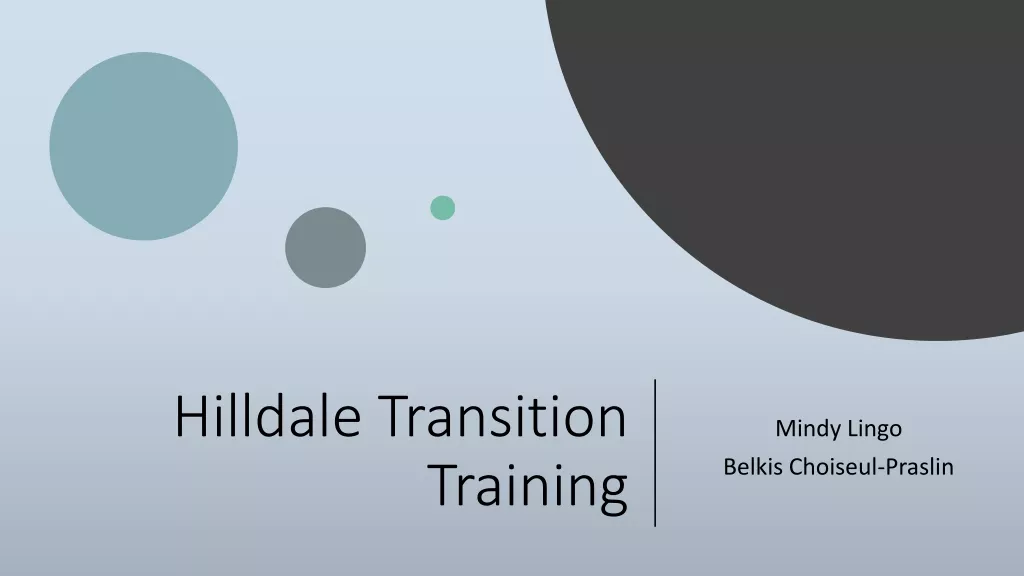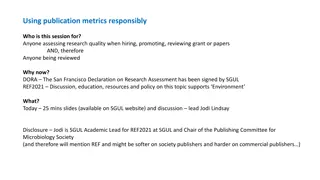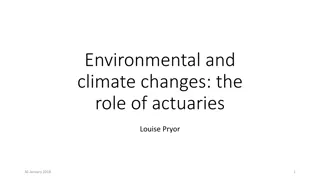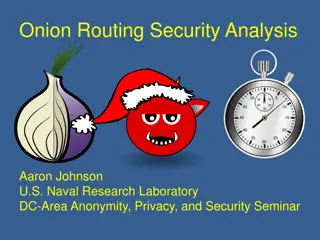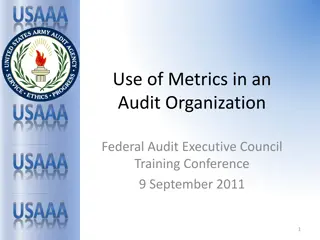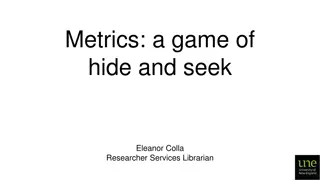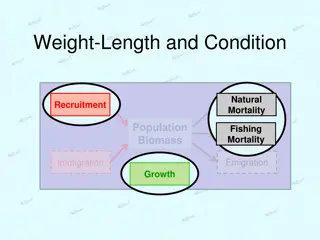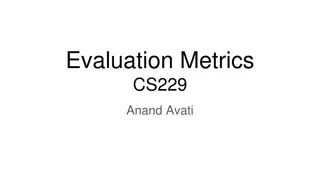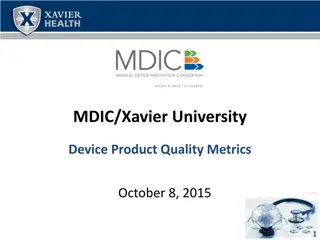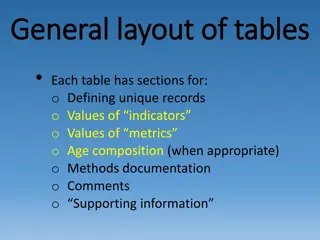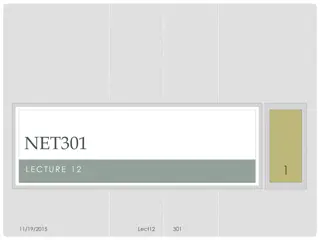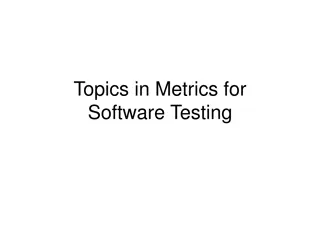Understanding Transition Risks Through Environmental Metrics
Exploring the significance of transition risks in the context of environmental metrics like carbon footprint, this content delves into the implications for investors, opportunities for sustainability, and the need for integrating environmental considerations within investment strategies. It highlights the various risks, challenges, and solutions associated with the transition towards a more environmentally sustainable world.
Download Presentation

Please find below an Image/Link to download the presentation.
The content on the website is provided AS IS for your information and personal use only. It may not be sold, licensed, or shared on other websites without obtaining consent from the author. Download presentation by click this link. If you encounter any issues during the download, it is possible that the publisher has removed the file from their server.
E N D
Presentation Transcript
https://1e64.net/risks-forum-7a9654/uploads/1548271660643-RF2019-LOGO-Header-website.pnghttps://1e64.net/risks-forum-7a9654/uploads/1548271660643-RF2019-LOGO-Header-website.png Is the transition risk material? Testing the Net Environmental Contribution metric on a universe of listed European equities Paris, March 19th, 2019 Jean-Guillaume P ladan | Sycomore Asset Management Pierrick Arnault | BNP Paribas Securities Services Audrey Manh-Tilleul | Sycomore Asset Management Jean-Guillaume P ladan | Sycomore Asset Management Pierrick Arnault | BNP Paribas Securities Services Audrey Manh-Tilleul | Sycomore Asset Management
what does the carbon footprint tell us? A question of greenhouse gas scope CARBON FOOTPRINT TONS eq. CO2/ YEAR/ M invested Sports cars Online clothes retail Water, waste and energy management Trains, tram, subways, rail systems 7 17 4168 839 Source: Carbon footprint calculated as scope 1, scope 2 and Tiers one supplier scope 3 in CO2eq. / year / M invested as of June 2018, Trucost; example used in the Green Finance Handbook of the French SIF, see https://www.frenchsif.org/isr-esg/wp-content/uploads/UK_Executive_Summary_13nov2018.pdf 2
what does the carbon footprint tell us? A question of environmental scope CARBON FOOTPRINT (kg eq. CO2/ liter) 0.5 0.4 0.3 0.2 0.1 0 Bottle PET Aluminium can Food brick Glass Bottle Existing indicators, such as the carbon footprint or E rating ratings, do not reflect on the risk of transition, nor on climate risk or on issues beyond carbon, such as damages from plastics, air quality, nuclear waste or biodiversity Source: carbon footprint of packaging according to the Ecoinvent greenhouse gas emissions factor and the ADEME FOODGES database, Quantis calculations, 2018. 3
the need for integrating environmental issues Why do environmental challenges matter to investors? Opportunities Which are the activities, companies, portfolios, projects that positively contribute to the environmental transition to create a sustainable world? Technology risk Policy risk Reputation risk Market risk Acute risk Chronic risk Transition Resilience Solutions Mitigation Capital reallocation Regulatory landscape TCDF recommendations European Commission's Action Plan for a greener and cleaner economy Fiduciary duty Article 173 Paris agreement SDGs Impact investing 4 Source: Sycomore AM.
NEC: a new advanced metric NETENVIRONMENTALCONTRIBUTION +10% -10% -100% ENVIRONMENTAL DAMAGES +100% 0% Impact analysis by activity ENVIRONMENTAL BENEFITS Average environ- mental impact Alignment with the climate goals significant Contribution to the environmental transition Non very high high limited very limited Transition risk A metric designed to assess transition risk, drive investment decisions and report according to the TCFD recommendations and the article 173 of the French law on energy transition for green growth 5 Source: Sycomore AM.
integrating key environmental issues AIR Examples of specific KPIs & certifications CLIMATE WASTE BIODIVERSITY WATER 5 ISSUES QUALITY DOMAINS - Type of agriculture and farming (intensive vs organic, ) - GHG content and water footprint - Palm Oil usage (RSPO) - Forestry and wood certifications (PEFC, FSC, SFI) - APUR, Ecolabels, Blue Angel... Ecosystems-related: food & beverages, water, forestry/wood/pulp - Species depletion (Nb/kWh) - Type of extraction of fossil fuels - Carbon Tracker Initiative over 2 C budget for fossil fuels - gCO2e/kWh Energy: fuel, heat and electricity - Passenger mobility: CO2e, NOX and fine particles per passenger.km - Freight: CO2e, NOX and fine particles per ton.km Mobility: passenger transportation and freight - Energy Intensity - carbon content of materials and constructive solutions - BREEAM, LEED, BBCA, HQE, etc. Construction: building and real estate Production: mining, metals, chemicals, textile, personal & home care, IT, appliances, waste - ReCiPe method with ecosystem quality endpoint from Ecoinvent, type of mine, biodiversity management - Product reliability and lifespan - MSI score for textile from Sustainable Apparel Coalition - % of input with recycled materials Key issues for the impact domain Important issue, but hard to quantify (lack of reliable data) A multi-dimensional approach for an holistic view of the net environmental impact 6 Source: NEC Sycomore AM, Quantis and I Care&Consult, October 2018.
example: food products Main impacts in the value chain: upstream 3 main environmental impacts: GHG, biodiversity and water NEC Organic veg. unpacked Estimation of environmental impact per grams of nutrient +100% Organic pulses Organic veg. canned (97%) Standard veg. canned (64%) Organic milk(53%) Average footprint Organic egg (33%) Organic fish (24%) Environmental performance Milk (22%) Standard egg (0%) Organic chicken (-7%) Chicken (-41%) Beef (-100%) -100% Source: Quantis and Sycomore AM calculations, 3 main quantifiable environmental issues: GHG, biodiversity and water and main impacts during the production phase, Food & Beverages framework, NEC 1.0. 7
delivering manageable results More resilience and sustainable growth More transition risks -100% +100% 0% Southwest - link to home page -100% -40% -3%, MSCI Europe NR* +43% +100% Source: NEC 1.0 of a selection of listed equities and of MSCI Europe Net Return (reinvested dividends), calculated by Sycomore AM, Quantis and I Care&Consult on 2017 data, October 2018. 8
tested data set UNIVERSE Companies in the Stoxx Europe 600 (all market capitalization accross 17 countries) which have a NEC score (570 companies) Testing period of 1 year / 3 years / 5 years METHODOLOGY Extraction of the weekly close prices Risk/Performance analysis on different strategies and different time frames NEC scores computed from June 2017 to February 2018, mainly with 2016 data A company data centered on a 2016 picture 9 Source: NEC Sycomore AM, Quantis and I Care&Consult, October 2018.
what is the difference between NEC and E ratings? Majority of the components of the Stoxx Europe 600 have a strong environmental rating (red) whereas their NEC is often neutral (blue) Environmental ratings are calculated by aggregating several ratings at corporate/ holding level (carbon footprint, environmental progress, disclosed reports) The NEC is based on a lifecycle assessment using physical data, and built activity by activity The NEC: a disruptive metric to overcome the limits of existing environmental ratings NEC distribution (blue) versus average environmental ratings (red) with their market cap 10 Source: NEC Sycomore AM, Quantis and I Care&Consult, October 2018.
6 Tested NEC-based investment strategies AVERAGE NEC Green strategy | Clear positive contribution NEC b/t +10% and +100% (101 companies) +25% Green overweight strategy | Highly positive contribution NEC b/t +30% and +100% over weighted by a factor of 10 +14% Neutral Green strategy | Neutral and positive contribution NEC b/t -10% and +100% +3% Sector neutral green strategy | Sector neutral best in class NEC Top 10% by sector +3% -30% Red strategy | Clear negative contribution NEC b/t -100% and -10% (76 companies) Red overweight strategy | Highly negative contribution NEC b/t -100% and -30% over weighted by a factor of 10 -32% 11 Source: NEC Sycomore AM, Quantis and I Care&Consult, October 2018.
what is the difference between NEC and E ratings? 12 Source: NEC Sycomore AM, Quantis and I Care&Consult, October 2018.
risk-adjusted returns on 3-year and 5-year periods Results on a yearly period (2015, 2016, 2017) show no stable pattern Results on 3 years and 5 years are more conclusive: On a 3-year or 5-year period, the Green Strategy shows the best Sharpe ratio 13
where does the Green Strategy outperformance come from? Performance attributions per market cap and per sector show that more than 80% of the outperformance is explained by the security selection based on the NEC. 14
key take away Similar patterns between the NEC and stock performance emerge over 3 and 5-year periods The NEC selection effect is not significantly biased neither by market capitalization nor by sector allocation The NEC metric is completely different from existing environmental ratings The transition risk measured by the NEC metric appears to be material on long term stock returns The NEC is worth being further improved and rolled out Launch of the NEC Initiative to share and scale the NEC methodology on an open source platform operated by Quantis 15 Source: NEC Sycomore AM, Quantis and I Care&Consult, October 2018.
